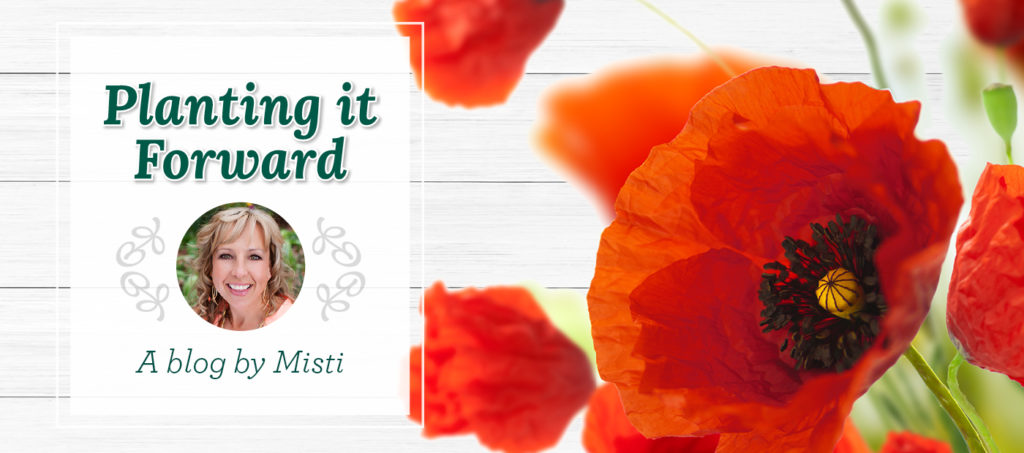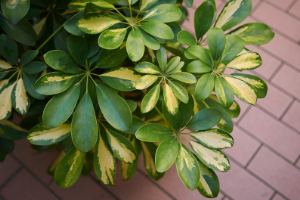
This is a key time to get some fabulous fall foliage into your garden.
The days may be getting cooler, but the ground is still warm, which makes it a great time to plant trees, shrubs, and perennials that are at their finest in the fall.
Here are some plants (all of which are in stock at Warner’s) to consider:
TREES
Autumn Blaze Maple & Sugar Maple. Both of these trees boast of amazingly beautiful foliage in the fall. The Autumn Blaze, true to its name, has fiery orange and red leaves, while the Sugar Maple has a slightly wider range of color and includes gold as well as orange and red. Both require some space as they grow pretty tall (up to 55 feet for an Autumn Blaze and up to 75 feet for a Sugar Maple). In the summer, Autumn Blaze has lovely light green leaves, while the Sugar Maple has deep green glossy leaves.
Amur Maple. The Amur Maple is a smaller (20 foot high) tree that is known for its tolerance for harsh conditions, including cold winters and poor soil. They have leaves that are longer than they are wide and turn a brilliant red in fall. Amur Maples are relatively small trees, typically reaching heights of 20-30 feet. In the spring and early summer, clusters of yellow-white fragrant flowers will appear as young leaves are unfurling.
Flowering Crabapple. Flowering Crabapples have showy fall foliage (with colors ranging from yellow to purple) but they are best known for their beautiful spring blooms in a variety of colors, including white, pink, red, and purple. This is another smaller tree and typically grows to heights of 15 to 25 feet.
Flowering Pear. Ornamental Flowering Pears are smaller trees with a general teardrop shape that are very tolerant. They thrive in a variety of soil types and while they prefer moisture, they can stand heat and dry conditions. This is another smaller tree that has both spring and fall color. When the weather is cooler, it will produce striking claret and purple hues, and then a gorgeous burst of white flowers during the spring.
Honey Locust. The graceful oval foliage of the Honey Locust (also known as a Thorny Locust) turns a beautiful shade of gold during the fall. Meanwhile, these trees have beautiful spreading canopies, which provide a generous amount of shade during the summer months.
SHRUBS & GRASSES
Aronia (Chokeberry). Chokeberries are ornamental shrubs (although they can be trained into small trees) that produce the aronia berries, which can be eaten raw off the bush, but are more frequently processed into jam, syrup, juice, and even wine! Leaves can turn yellow or red in the fall, depending on the species.
Burning Bush. The Burning Bush is a popular ornamental shrub that is known for its bright red leaves in the fall. Burning Bushes can grow to heights of 10-15 feet and have a dense branching habit, often making the bush wider than it is tall.
Karl Foerster Grass. Also known as Feather Reed Grass, this plant has beautiful and tall red-bronze feathery flower spikes that last throughout the fall.
PERENNIALS
And we couldn’t do an article about the fabulous colors of fall without a mention of two of our favorite perennials – mums and asters.
First cultivated in China, chrysanthemums or “mums” were first developed more than 600 years ago. A staple of most fall gardens, the colors range from bright white to deep bronze. Fun fact: Mum flowers look like they have a multitude of petals, but those “petals” are actually individual “ray” and “disc” florets. (The rays looks like the petals and the flat disc florets serve as the center button of the mum.) Clustered together, they give us what we know as a mum bloom.
Asters have a starburst arrangement of bright petals, which most often surround a yellow center. The flowers are small but numerous, and bloom around the autumn equinox, which will be later in September this year.
We look forward to seeing you this fall at Warner’s and helping bring some beautiful foliage color to your home.
Happy Gardening,
Misti







